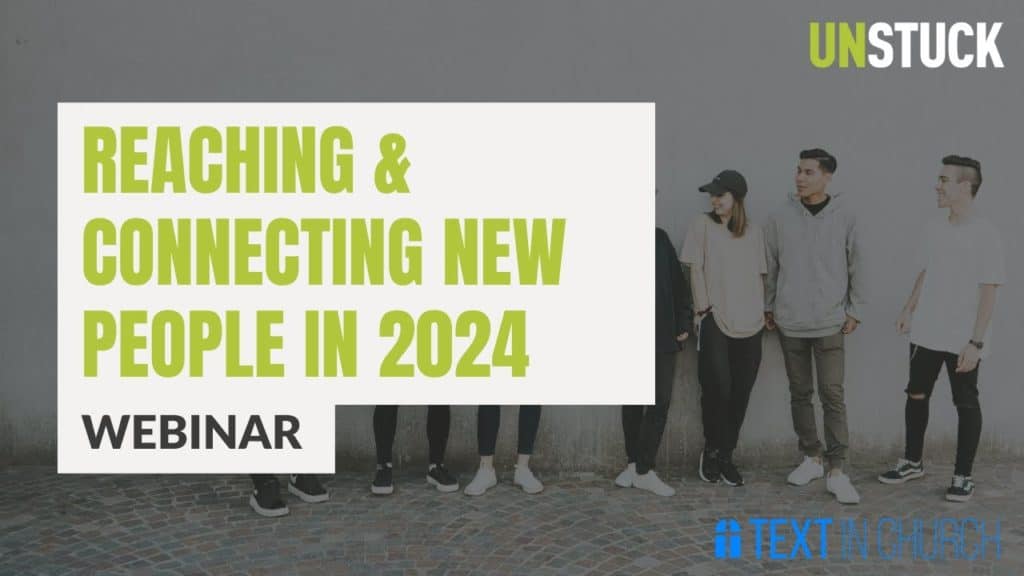When we help churches through a strategic planning process, one of the exercises we facilitate has to do with confirming the “primary customer” the church is trying to reach.
What we’ve learned, of course, is that when a church tries to reach everyone, they rarely connect with anyone effectively. On the other hand, when they get focused on who they are trying to reach, they can get very intentional and effective in reaching that person. Ironically, they often times reach all kinds of people in the process.
This is one area where I generally believe the church in America falls short.
We don’t really know the people who we are trying to reach.
If we were missionaries in another country, we would purposely get to know the language and the customs to more effectively accomplish our mission. In our communities, though, we jump straight to our mission while ignoring the “language” and the “customs” of the people we’re trying to reach.
In recent months, I’ve led a couple of churches through a planning process where they identified one of their key “customers” was a professional in their community. For them, it wasn’t necessarily a matter of gender, age or ethnicity. Based on the communities where the churches are located, they determined their “mission fields” are primarily made up of professionals.
Reaching “Professionals” Outside the Faith
That’s why this article in Forbes caught my attention this morning. Glenn Llopis wrote an article called “The Content You Read Shapes How You Lead.” Their team completed a study that determined the top ten content themes that leaders consume. In other words, they’re learning the “language” of their audience.
As church leaders who may be trying to connect with professionals, you should find this very encouraging. Many of the top themes they identified are key themes we find in the Bible. Here are some examples of the themes they identified:
- “Managing People” – Llopis writes, “Leaders hunger to understand human behavior so they can inspire and motivate people to reach their full potential.” Isn’t that what discipleship is all about? What would it look like to engage that desire to help others? People want to know their life counts, and how they influence others is a key component of that.
- “Change Management” – Llopis shared this, “Leaders want to feel more comfortable and capable leading in times of crisis and uncertainty.” We will all face crisis and uncertainty. Wouldn’t it be incredible if we equipped people for those circumstances when they’re facing crisis themselves or with a friend?
- “Make More Money” – Remember, we need to understand the people who we are trying to reach. If they’re trying to “make more money,” we should embrace that and look for opportunities to share what Scripture has to say on that topic. Don’t be afraid to teach on money–the people we’re trying to reach are looking for answers.
- “Relationships” – As we know, God designed us for relationships. There are too many “one anothers” in the Bible for us not to help people engage new disciplines to build and sustain healthy relationships. If anyone should be the thought-leader on this topic, it should be the church.
- “Time Management” – Llopis offered this, “Leaders want to get the most out of every day and seek to find new ways to manage their time in order to influence growth, innovation and opportunity.” People are busy. They need help prioritizing their lives. Don’t you want to help people consider how they can be better stewards of not only their money but their time?
The list could go on, but you get the point. We need to know who we are trying to reach. That goes beyond demographics–we also need to know their mindset. Once we understand that, we can better connect with their needs and help them take their next steps toward Christ.
Photo Credit: Dell’s Official Flickr Page via Compfight cc






